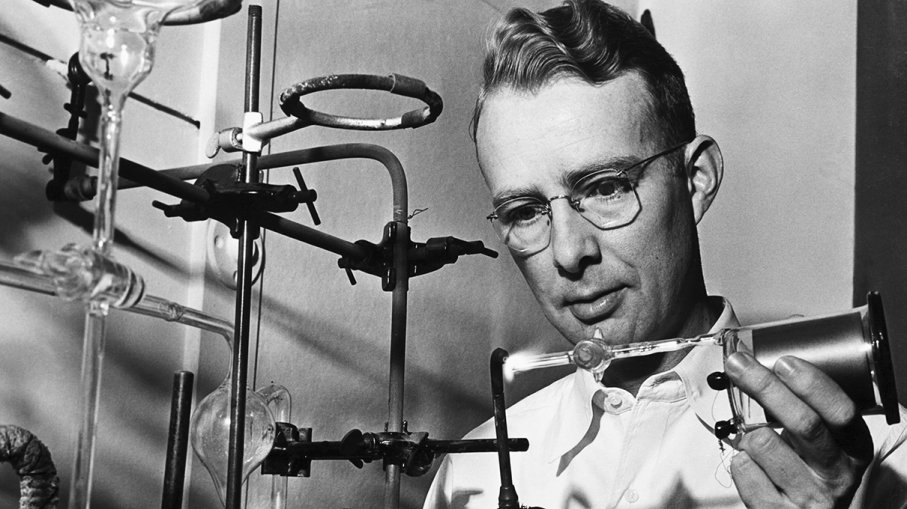Luis Walter Álvarez, directed the construction of the first linear particle accelerator and invented the liquid hydrogen bubble chamber

June 13, 1911 in San Francisco (California) – September 1, 1988 in Berkeley (California)
American physicist of Spanish origin who graduated in Physics from the University of Chicago and received his PhD from the same university in 1936.
He served as a professor at the University of Berkeley throughout his career, although he also worked for the Massachusetts Institute of Technology (MIT) from 1940 to 1943 and at the University of Chicago Laboratory of Metallurgy within the Los Alamos National Laboratory's Manhattan Project. .
While at MIT, he invented a radar system for blind landing aircraft, led the construction of the first proton linear particle accelerator, and invented the liquid hydrogen bubble chamber, with which he identified many resonance states. of known particles.

Throughout his professional career, he was interested in various physical topics such as cosmic rays (he was the co-discoverer of the East-West effect), nuclear physics (capture of K-electrons, production of slow neutrons, tritium radioactivity, etc.), high energy physics etc. and others not so related to his profession such as the proposal, together with his son, of his famous theory on the extinction of the dinosaurs due to the effect of the fall of a large meteorite or his system to observe the interior of the Egyptian pyramids. by means of X-rays.
In 1968, he received the Nobel Prize in Physics in recognition of his research on the fundamental particles of the universe.

